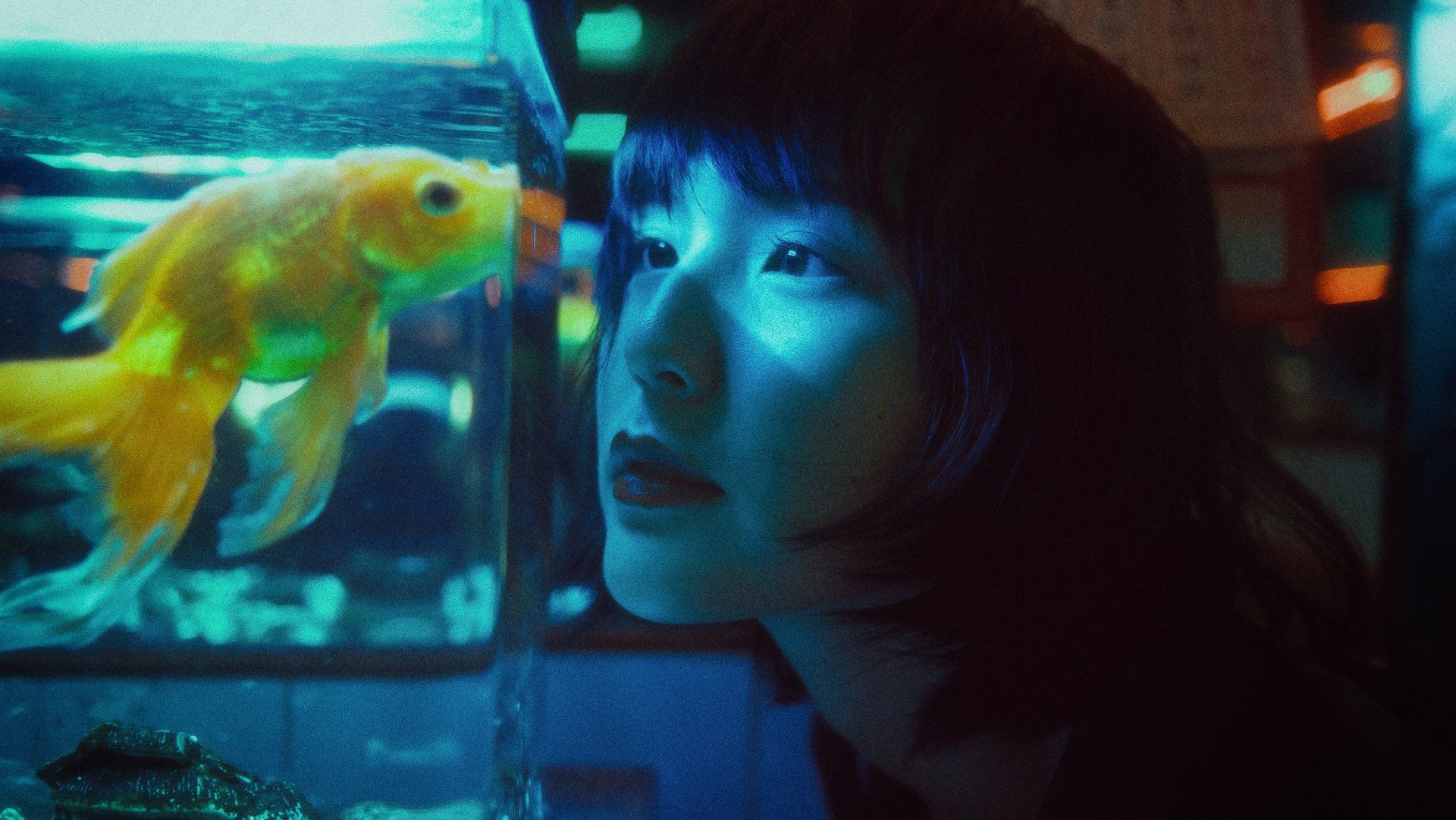Great Writing
Opposites

Previous blogs on great writing have focused on idioms, similes, and other figurative devices.
While these devices make a piece more interesting line-by-line, some may ask how the whole work may be made more interesting.
One strategy great writers have used throughout history is tackling subjects in an opposite way to how they are usually perceived.
For instance, Japanese ponds were associated with being old and noisy for hundreds of years, e.g.
An old pond,
A frog jumps in;
The sound of water.
-Basho
Then the Japanese poet Ryokan came along and challenged this notion and wrote of ponds in a new way:
A new pond,
A frog jumps in;
No sound at all.
European poets also fell into a rut and were stuck for some time depicting desirable women as otherworldly beauties. Consider these lines from Sonnet 292 by Petrarch:
The eyes I spoke of words that burn…
The waving hair of unmixed gold that shone,
Then Shakespeare arrived, and like Ryokan, challenged traditionally held notions:
My mistress’ eyes are nothing like the sun;
If hairs be wires, black wires grow on her head
-Shakespeare, Sonnet 130.
Recently, one of my students wanted to write a poem on cherry blossoms. My student talked about how they flowered in spring, and the beauty of their pink flowers falling.
I then challenged them to think about cherry blossoms in a new way, and the result was this beautiful poem:
I can see your skeletal trunk
I feel your weak, spindly branches that reach to touch the white, snowy sky
You shiver as the cold wind whips your trunk
Snow gently falls on you
Making you look like a sugar-covered dessert
It will be a while until your precious blossoms return
The poem went on to win an award.
So, next time you decide to write, ask how you may depict your subject matter in a new way, an opposite way to other writers.
The result might just surprise you!














